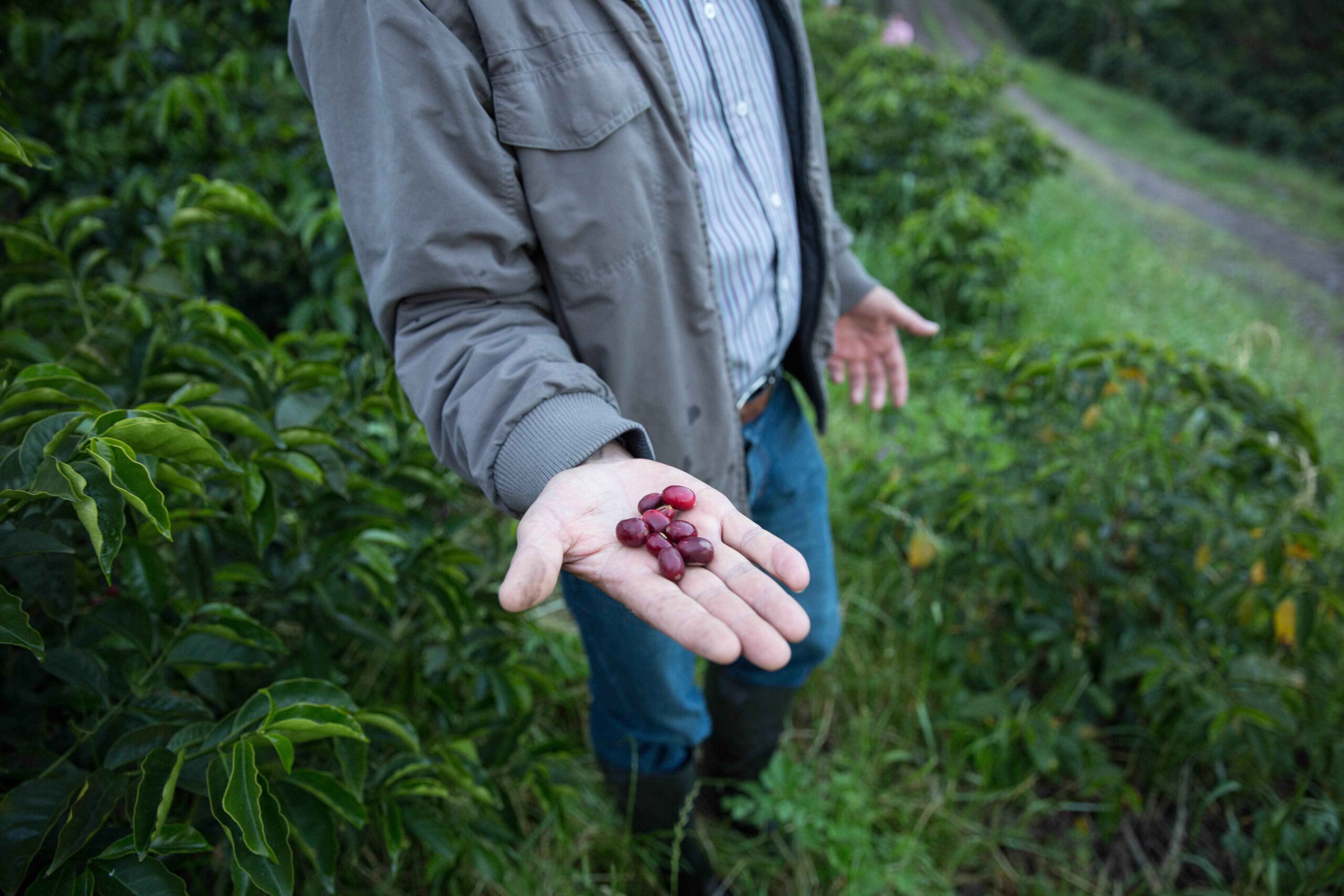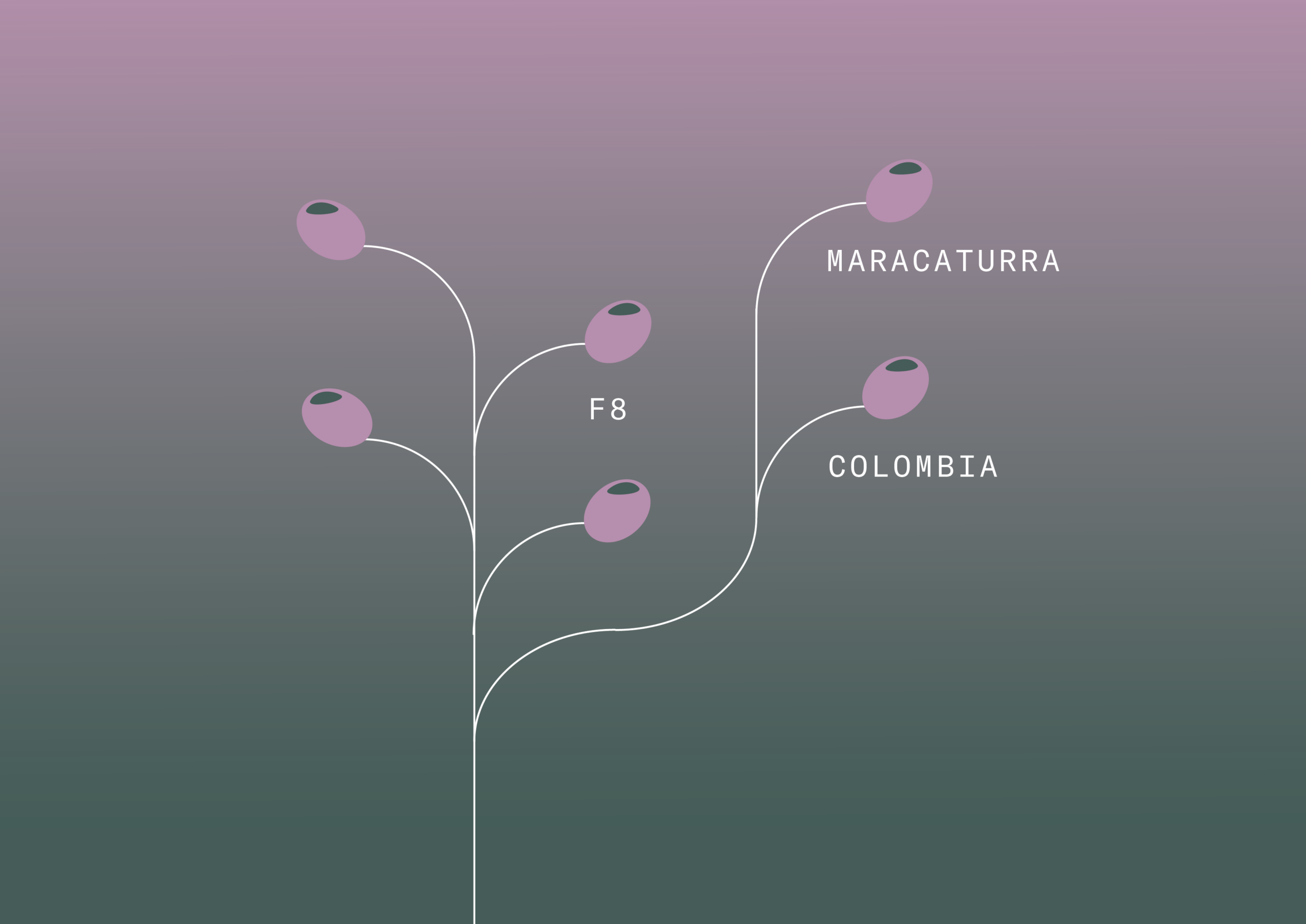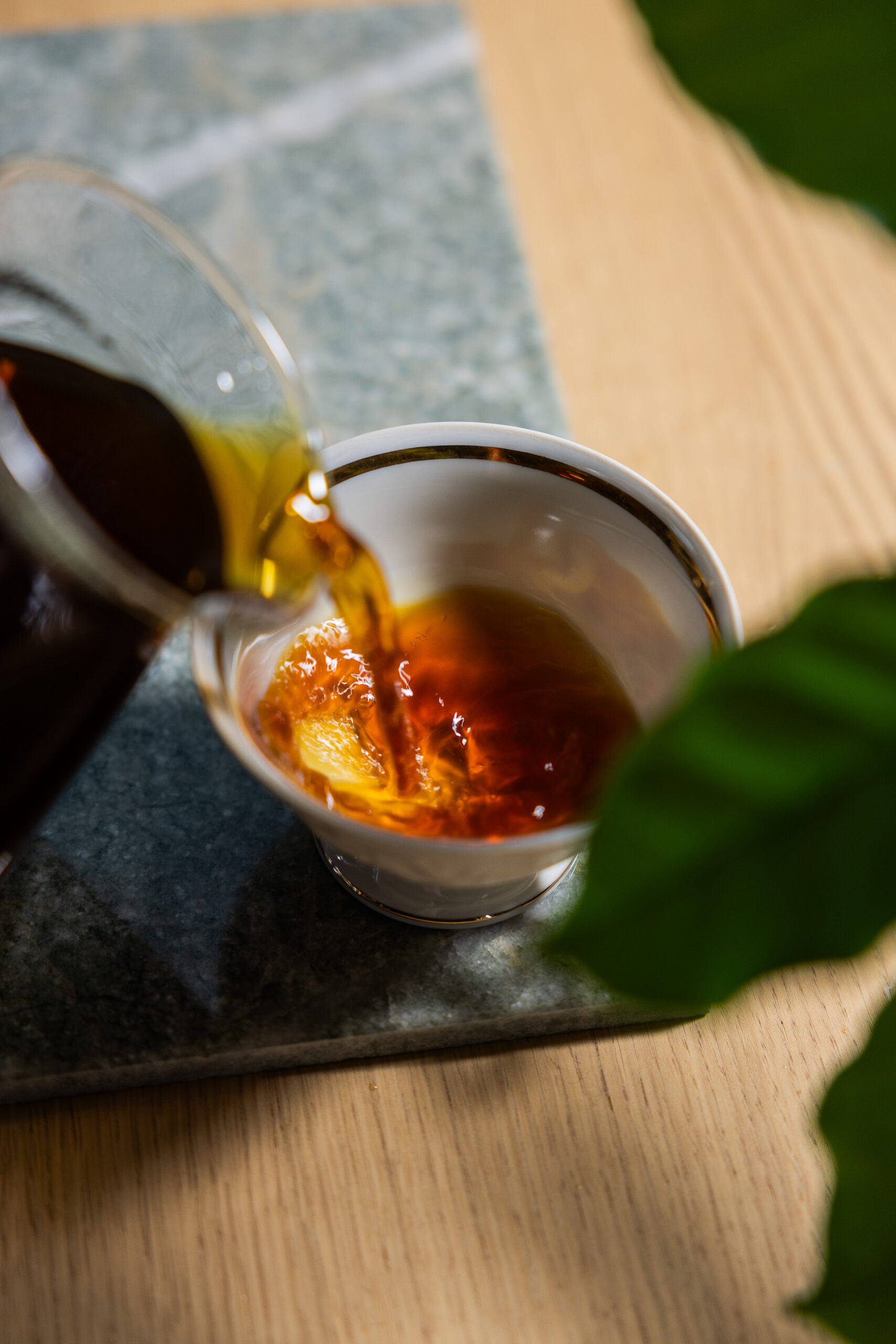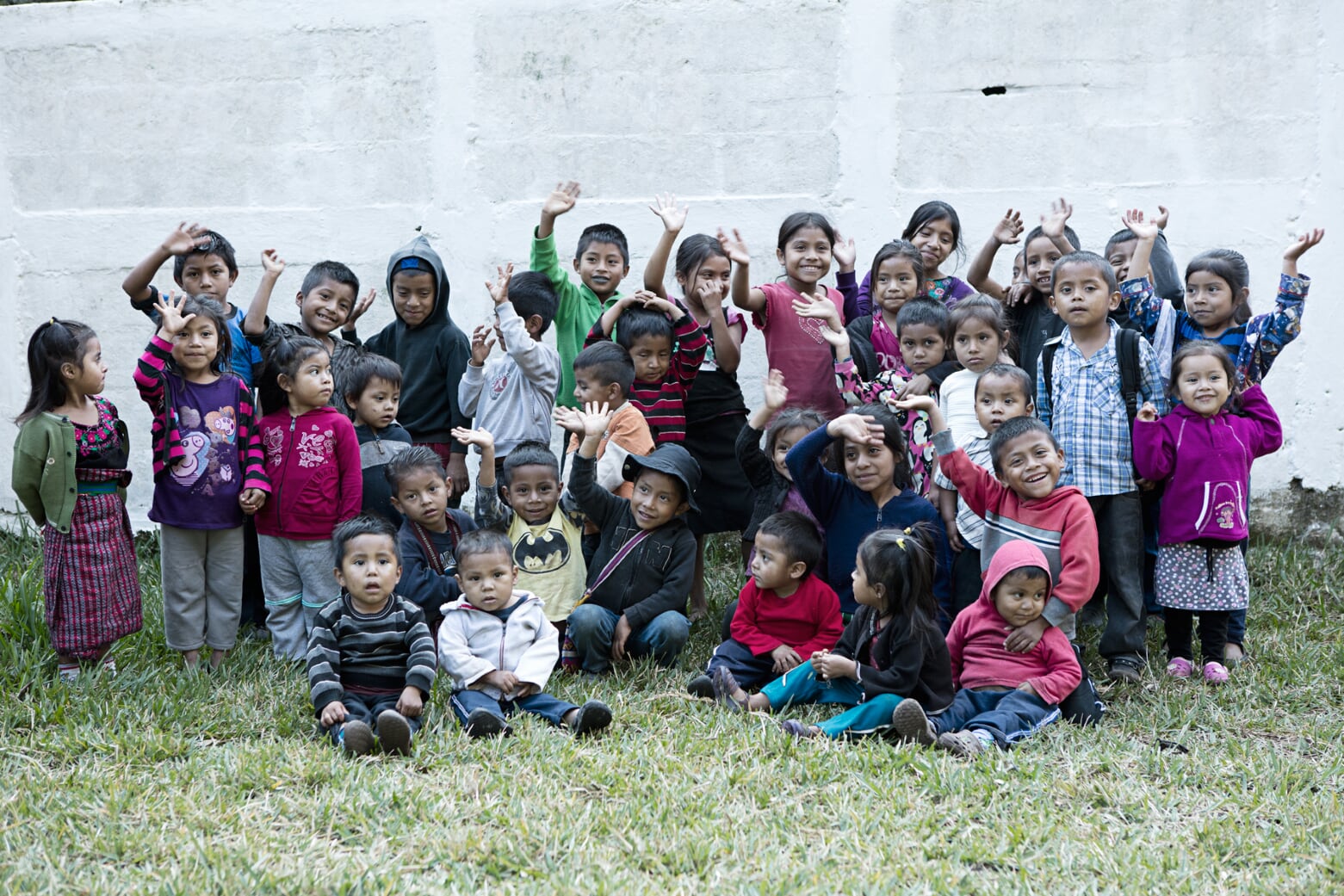The world knew little about the geisha bean until 2004, when a flavour discovery took place in Panama. The now famous Hacienda la Esmeralda coffee farm had purchased coffee seeds from the geisha plant and cultivated geisha trees on the farm. At the time, it was mainly a coffee plant known to have good disease resistance, which was therefore favourable to grow. Until 2004, the coffee berries from geisha trees had been mixed with coffee berries from other coffee trees at Hacienda la Esmeralda, but were then for the first time processed as a completely separate batch of coffee on the farm.
The unique flavour profile
As a separate batch, the bean type came into its own and turned out to offer a unique flavour. The cuppers at Hacienda la Esmeralda were thrilled to say the least. The coffee had a pronounced floral aroma, distinct citrus flavours such as lime and bergamot, as well as notes of peach and mango. It was more like Ethiopian coffee than the typical flavour profile of coffee grown in South America, with a more intense mouthfeel. The Geisha lot won the "Best of Panama" competition in 2004 and in the same year set the record for the highest price ever paid for a coffee at auction.
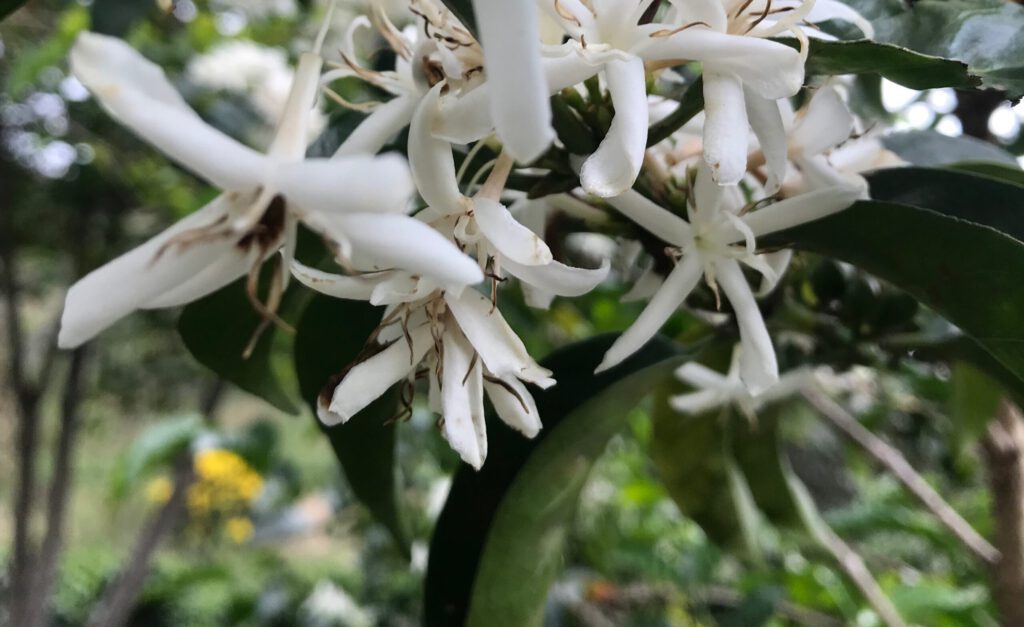
Geisha from Gesha
However, the story of the geisha bean did not start in Panama or with a Japanese geisha, even though the name might suggest it. It's not surprising that the flavour profile is reminiscent of Ethiopian coffee, as the bean originally comes from the Gesha region of Ethiopia. It was found there as early as 1936, when British consuls aimed to map bean types with commercial potential and collected the bean type from Gesha. Via Tanzania and Costa Rica, the seeds made their way to Panama in the 1960s, and later to Colombia and Guatemala.
However, it would take more than 40 years for the bean's true potential to be discovered and the flavour to blossom, and that on a completely different continent than the starting point. How the 'i' got into the name is not known for sure, but one theory is that the letter was added to create an exotic and familiar name.
A more complex flavour picture
Growing a coffee plant in a different part of the world than it originally came from can, if successful, result in a more complex flavour profile. The flavour of a coffee is influenced by the type of bean, but also the local microclimate and the soil in which the plant grows. A geisha grown in South America has been shown to develop a more complex cup, sweetness and body than the same coffee grown in Ethiopia.
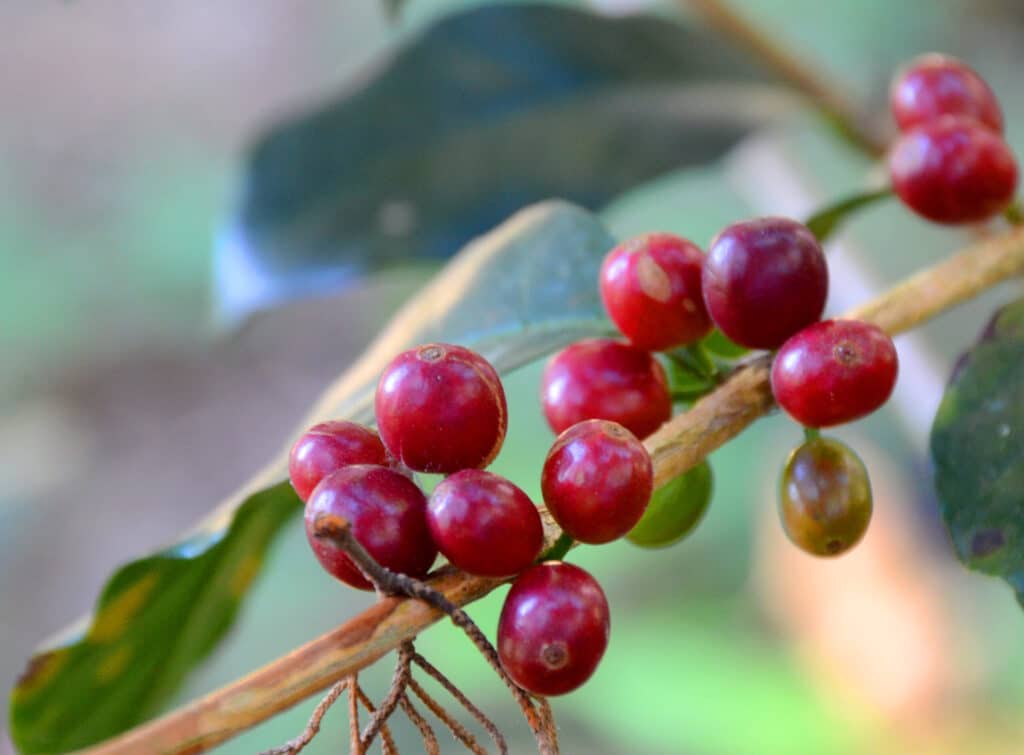
Coffee champagne
It's not often you get the chance to taste a coffee of this calibre at an affordable price. Because a geisha is no everyday coffee. In 2018, the most expensive coffee in the world cost USD 803 per pound (approx. 450 grams) and was a geisha from the Lamastus Family Estate in Boquete, Panama. In July 2019, the record was smashed again by the same producer to the tune of USD 1,029 (approx. SEK 10,300) per pound. This makes geisha a luxury item, like the coffee equivalent of a bottle of champagne.
